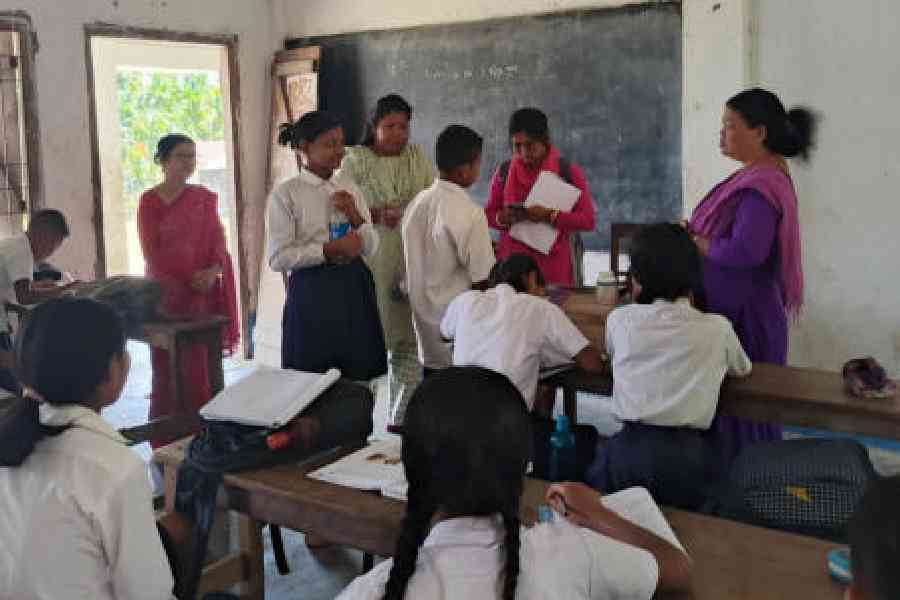A survey conducted among forest villages and tea gardens in Jalpaiguri and Alipurduar districts suggests that elephantiasis, a disease transmitted by mosquitoes, is emerging as a major threat in the area, with at least 50 cases identified from a sample pool of around 5,700 residents.
The cases were detected during a joint survey conducted in June by the respective district health departments and the West Bengal Tribal Development Cooperative Corporation Limited (WBTDCCL). Over 5,000 people residing in remote, forested, and tea-growing areas were examined.
Ashok Kumar Modak, the regional manager of WBTDCCL, said that the disease causes severe deformities among affected individuals, particularly in their limbs.
“The legs of some patients have swollen to resemble those of elephants, with blood and pus oozing from affected areas. We are working with the health department to provide treatment through medical camps in the affected regions,” Modak said.
Elephantiasis is caused by parasitic worms transmitted through the bite of Culex mosquitoes, which thrive in unsanitary environments and stagnant water, conditions common in many tea gardens and forest settlements.
The infection blocks the lymphatic system, resulting in lymphoedema, skin thickening, and sometimes hydrocele, swelling of the scrotum, in men. The parasitic worms can survive in the body for five to seven years.
Health workers noted that Culex mosquitoes, which also spread Japanese encephalitis, have become common in the Dooars.
“In Jalpaiguri, regions affected by elephantiasis include Mal, Kranti, Banarhat, Meteli, Nagrakata, and Dhupguri blocks,” said Asim Halder, Chief Medical Officer of Health (CMOH), Jalpaiguri.
In Alipurduar district, affected areas include Dimdima, Ramjhora, Marakata, Khowardanga, Raimatang, Rajabhatkhawa, Phoskadanga, Panijhora, Mujnai,
and Mathura.
As there is no vaccine, the health department is distributing medicines that help infected individuals build immunity, said a source.
Surgery is provided for patients with hydrocele. Preventive measures, including mosquito control and awareness campaigns, are being intensified. Health workers are also conducting door-to-door campaigns in tribal and tea garden communities, reaching over 5,700 people, including school children, to raise awareness and identify patients early.
“Prevention through education and sanitation is key,” said Modak.










